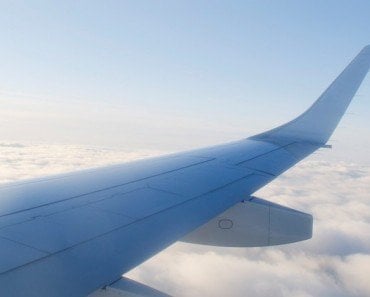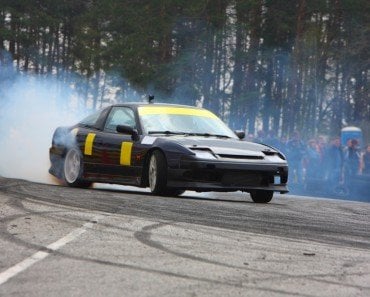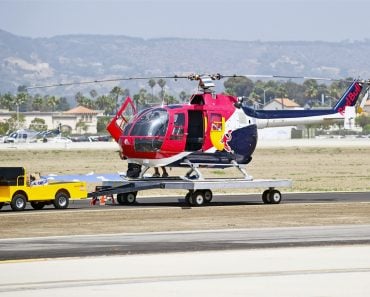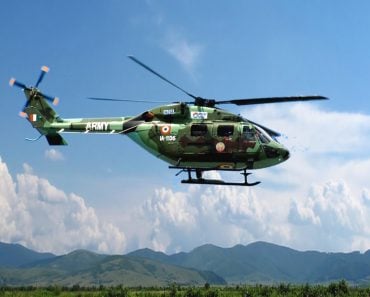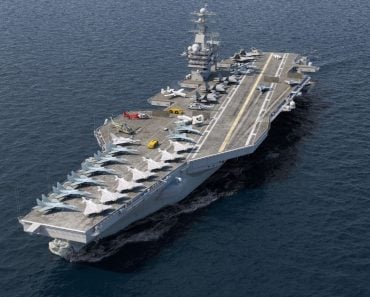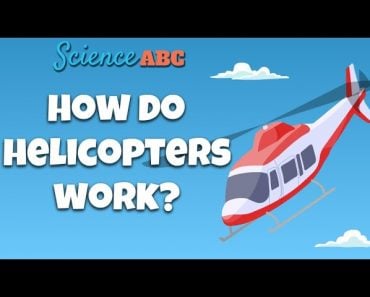Table of Contents (click to expand)
Pilots steer aircraft while taxiing on runways using a tool called a tiller. The tiller is a small wheel or crank that is located on the side of the pilot’s control panel. To turn the aircraft, the pilot turns the tiller in the desired direction. Differential braking is also a popular technique used to steer aircraft on the ground. This technique works by applying the brakes to the wheels on one side of the airplane, causing it to pivot around that wheel and move in the desired direction.
When moving slowly on the runway, large aircraft are steered with the help of a tiller, but when they move fast, steering is only done with the help of rudders.
First, let’s talk a little bit about taxiing.
Recommended Video for you:
Taxiing
The term ‘taxiing’, in relation to airplanes, simply refers to the movement of an aircraft on the ground when it’s neither taking off nor landing. In other words, taxiing is the controlled movement of an aircraft (when on the ground) using its own power.
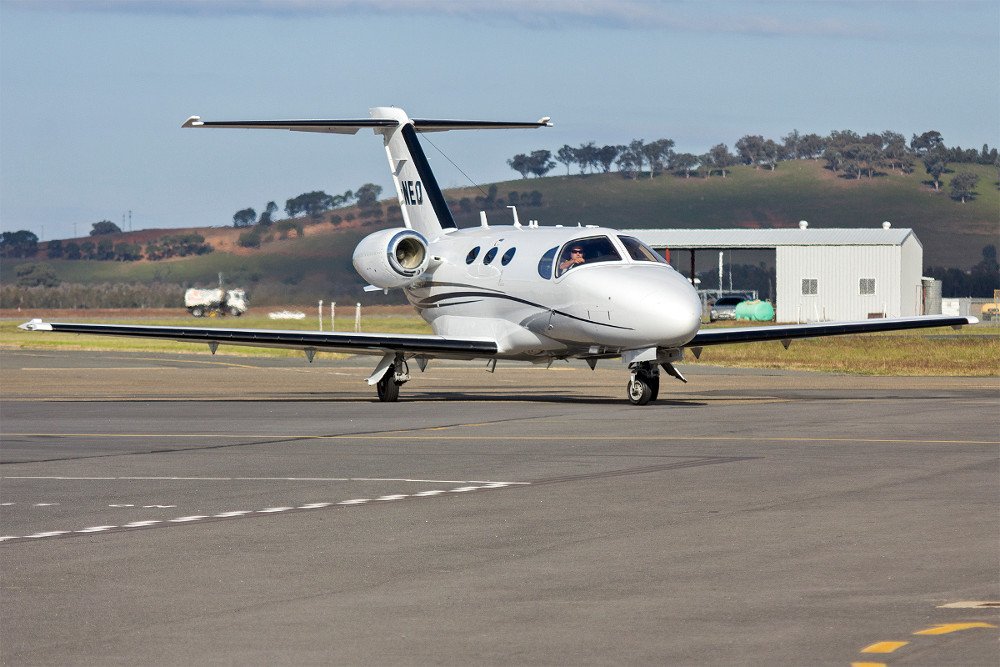
Also spelled ‘taxying’ in some cases, it usually refers to the movement of an aircraft on its wheels, but is also used in the case of airplanes with floats or skis. Note that taxiing does not include the towing of an aircraft where it’s being pulled by a tug; it exclusively refers to the self-powered movement of the aircraft. Also, the high-speed run an aircraft takes along the runway before taking off is not a part of taxiing. The same holds true for the decelerating run just after it lands on the runway.
Commercial airliners, as you might already know, taxi at slow speeds, as they have to navigate through a network of interconnecting lanes, especially at big airports.
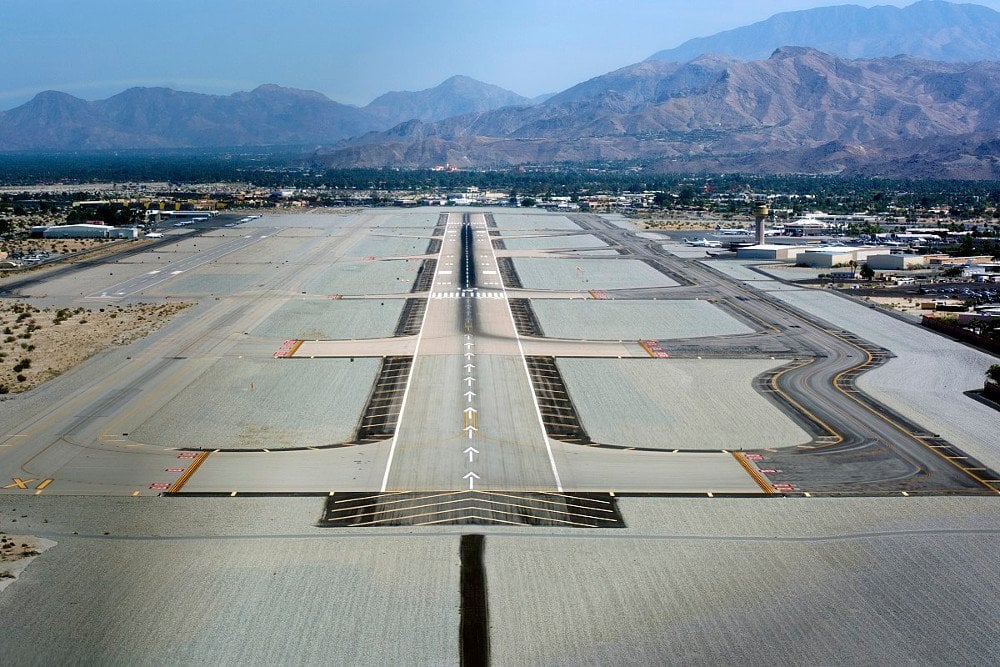
Therefore, it goes without saying that steering an airplane with precision is, quite predictably, of paramount importance.
How Are Airplanes Steered On The Ground?
When on the ground, an airplane’s movement can be broadly divided into two stages: when the plane moves on ‘taxiways’ (i.e., interconnecting roads that link runways and terminals) and when it barrels down the runway during takeoff/landing.
Aircraft Steering During Taxiing
While taxiing, an airplane is steered with a tool that pilots refer to as ‘the tiller’. It is actually a small wheel or crank that lies (usually) to the side of the pilot.
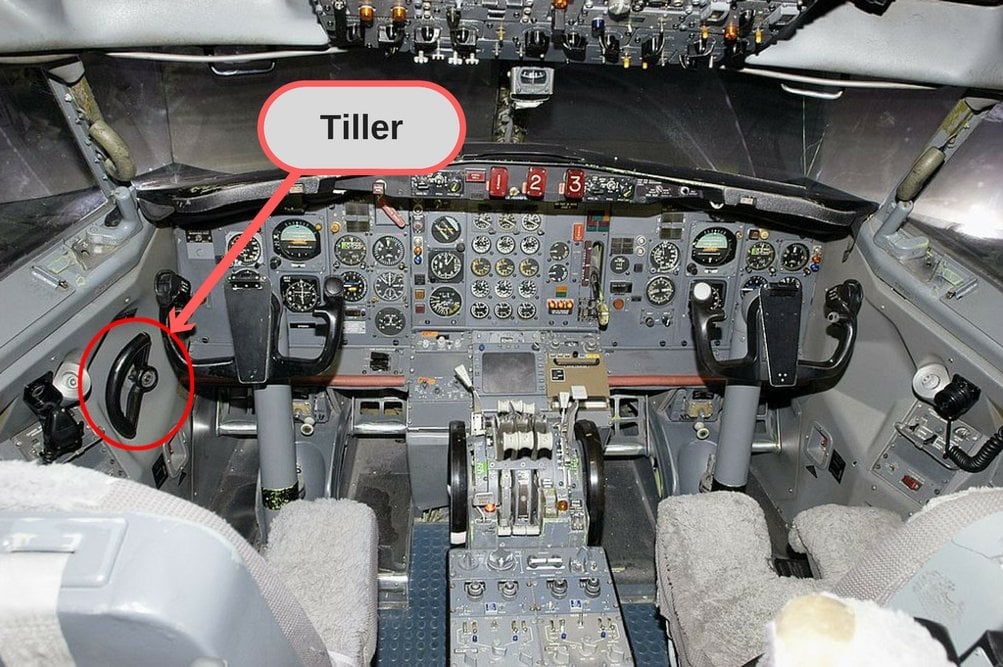
Although its exact position in the cockpit varies depending on the type of commercial aircraft in which it’s housed, the tiller generally lies on the side of the control panel, so pilots typically use it with only one hand (use of both hands is not required).
Although the tiller looks nothing like the steering wheel of a car, it works pretty much the same way. When you turn the tiller, the wheels directly under the nose of the aircraft are turned, and the rest of the plane follows suit. This way, you can steer the plane comfortably and even navigate tight turns on taxiways.
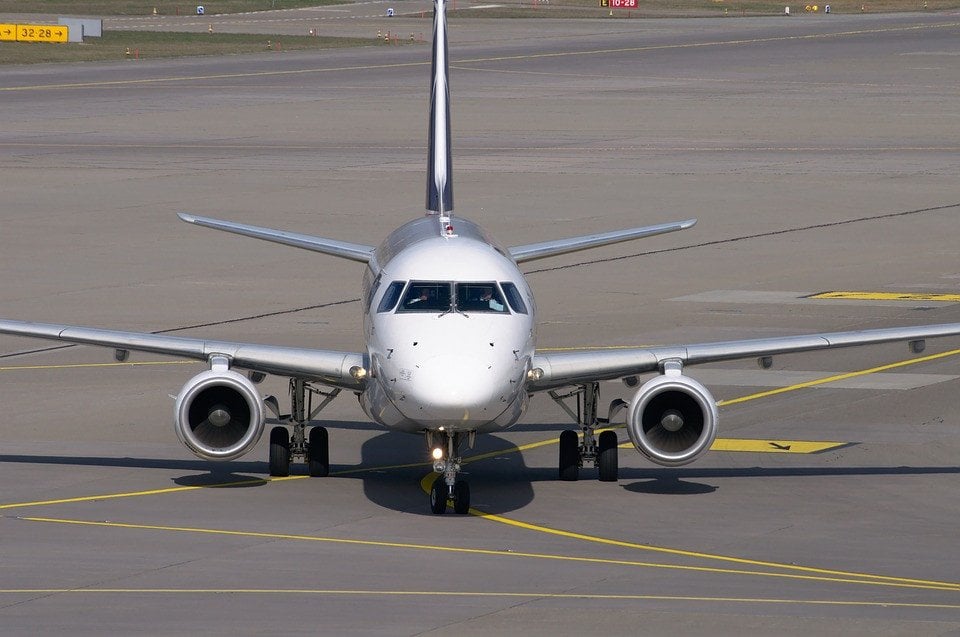
However, tillers are usually present in the cockpits of large commercial aircraft. Smaller planes don’t have the hardware required to turn their wheels, so they have two options: follow a fixed, straight path, or use other methods to steer.
Differential braking is a very popular technique to steer a plane (that doesn’t have a tiller). As the name suggests, it works by applying the brakes to the wheels on one side of the airplane, causing it to pivot around that wheel and move in the desired direction.
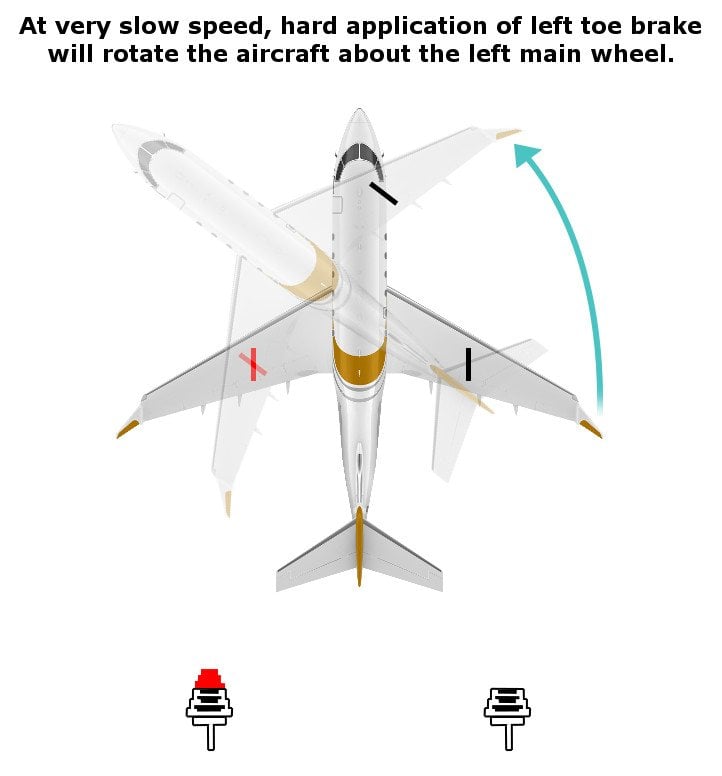
A similar method of steering a small aircraft, which has an engine on each side, is ‘differential throttling’. It works in conjunction with differential braking by adding thrust to the engine on the side opposite the ‘braked’ wheel. This helps to turn the plane more smoothly.
Aircraft Steering During Takeoff/landing
Tillers help to steer an aircraft when it’s going slow, but when it barrels down the runway, the dynamics change… drastically. You see, when a plane is tooling around on taxiways, it’s very easy to turn it left/right by turning the tiller accordingly. However, when you’re going too fast, as in “takeoff/landing fast”, then using the tiller to turn the nose wheel could cause the latter to snap off and quite predictably, lead to a catastrophe.
Therefore, using the tiller and techniques like differential braking and throttling are off-limits during takeoff/landing. The only way to make minor course corrections at those times is with the rudder.
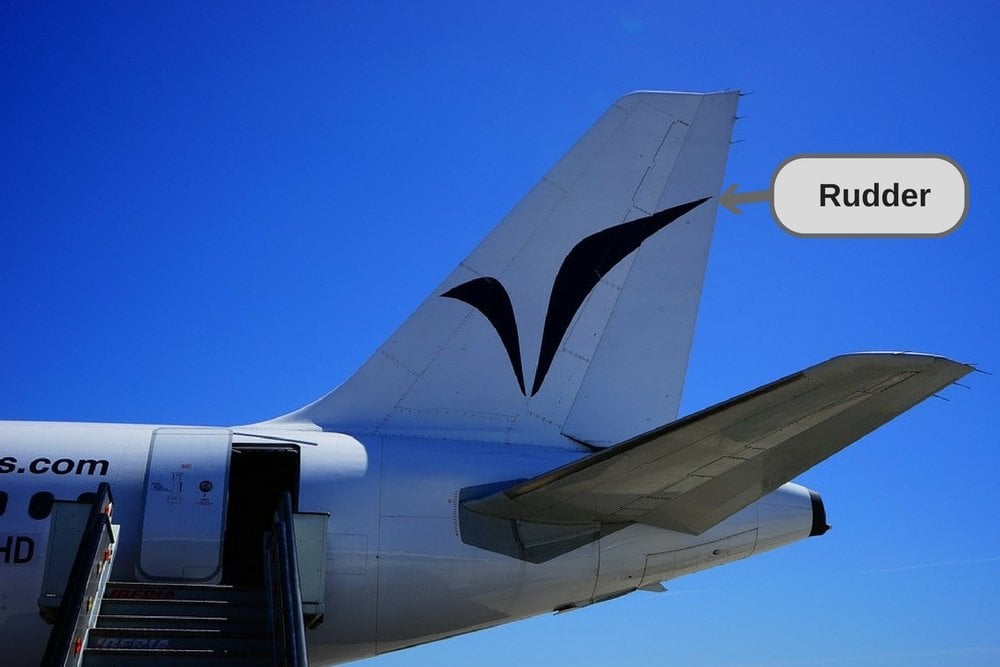
The rudder is essentially a small symmetrical wing turned on its end that you can see at the back of commercial aircraft. The pilot controls the left/right movement of the rudder, which in turn helps to make small course corrections when the plane is going too fast on the runway. It also helps in steering the plane once it is airborne.
Thus, the rudder doesn’t provide a lot of steering movement to the aircraft, but it’s enough to make tiny adjustments and remain on a straight path before takeoff and after landing.
References (click to expand)
- Taxiing Standard Operating Procedures - www.hsu.edu:80
- Jann Mayer, Timothy H. Cox - Evaluation Of Two Unique Side Stick Controllers In A Fixed-Base Flight Simulator - CiteSeerX
- Anthony D. Andre - Information Requirements For Low-Visibility Taxi Operations: What Pilots Say - CiteSeerX
- Why a Tiller Instead of a Wheel. web.pdx.edu
- Airport Cooperative Research Program, Transportation Research Board, & National Academies of Sciences, Engineering, and Medicine. (2009). Enhanced Modeling of Aircraft Taxiway Noise, Volume 1: Scoping. []. Transportation Research Board.
- TAXI ! - NASA ASRS. The Aviation Safety Reporting System
- How does an aircraft steer while taxiing on a runway?. The MIT School of Engineering


